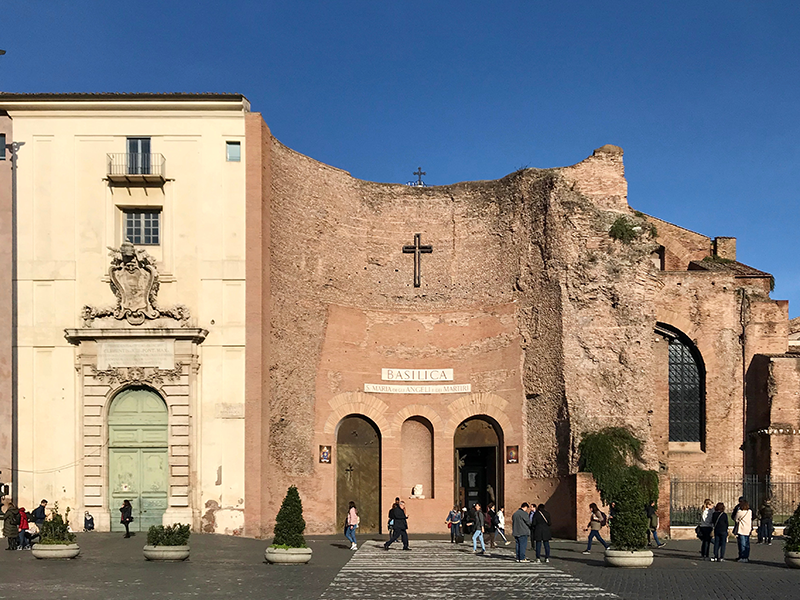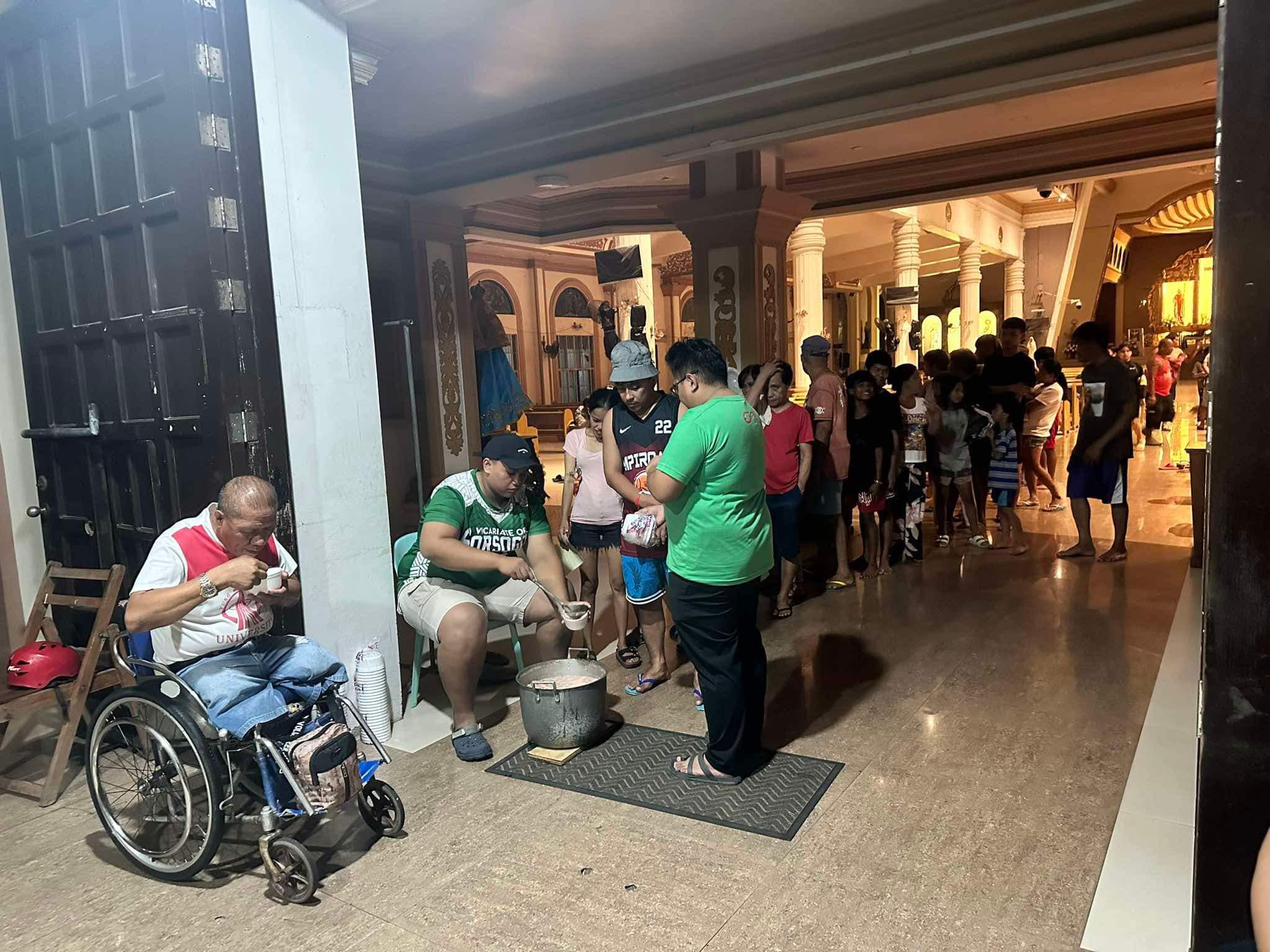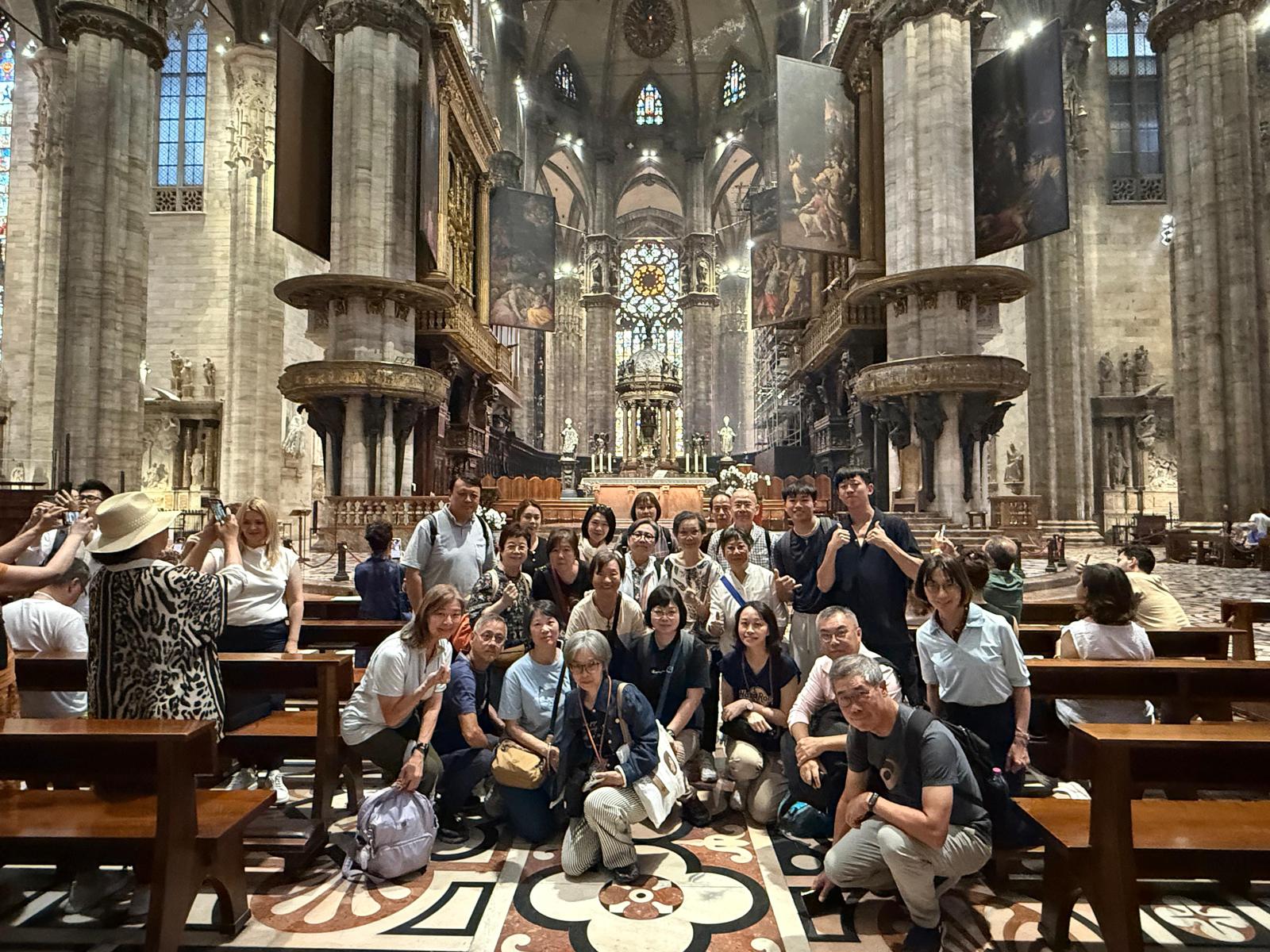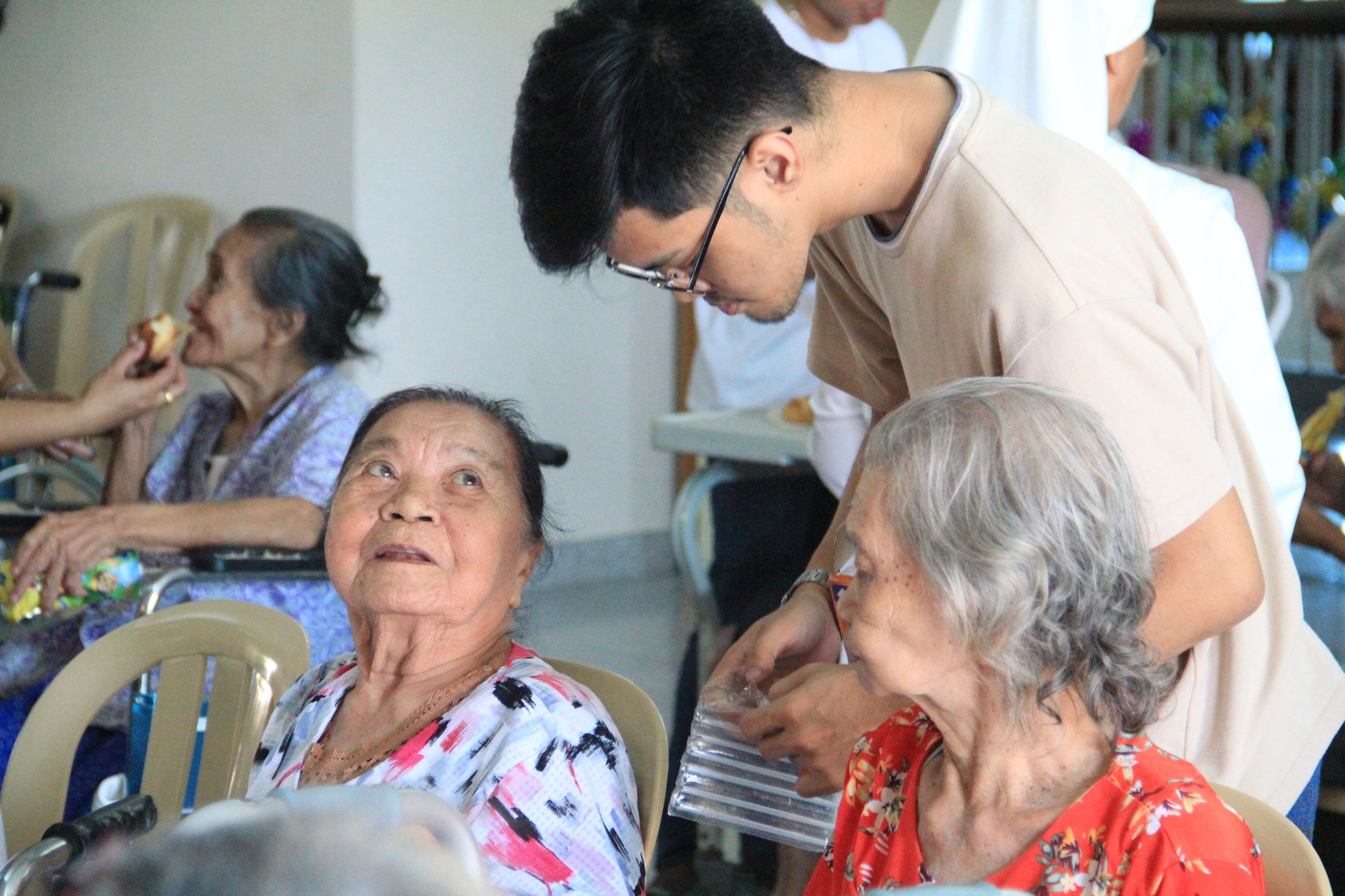Anastasios
If you arrive in Rome by train, maybe from another Italian city or from a European city connected with Rome by train, it is most likely you will arrive at Termini station, the main train station in Rome. We spoke about this station earlier, because there are many interesting and important churches around this very important place of transportation. The church that I am talking about today is a ten-minutes walk from the station, and is called Santa Maria degli Angeli e dei Martiri. If you enter this minor Basilica, you surely will be impressed by its proportions: it is really quite imposing and so very impressive.
The Basilica was erected in a very prominent place, that once was chosen for the restoration of Roman people: the baths of Diocletian. Indeed these baths were not only places where people went to find physical relaxation, but also places to go about any kind of business, from the good ones to the most sordid: “The construction of the Roman baths began in 298 and was completed in 306. The structure of the baths was very similar to that of the Baths of Caracalla. They were made of bricks, coated in marble and decorated with mosaics and sculptures. The whole complex took up 120,000 square meters and included a gymnasium, a library, and cold, hot and tepid public baths. Thousands of Christian slaves died during its construction. Diocletian, ill and tired, abdicated in 305. The Roman public baths remained open until 537, when the Goths cut off the aqueducts in an attempt to conquer Rome. In 1561, Pope Pius IV ordered Michelangelo to build the Basilica of Santa Maria degli Angeli on the remains of the baths to honor all the Christian slaves who died.” Indeed, the building of the Basilica was a strong wish by Antonio Lo Duca, a priest from Sicily who had a very strong devotion to the angels. Indeed the work done by Michelangelo was interesting, even if he was not able to see the completion because he died before the Basilica could be built. His idea was to preserve some of the structures of the Roman baths, moreover, to communicate the idea of Christianity as a completion on a spiritual dimension of the civilizing mission of the Roman empire, on an historical level.
But let us return to the Sicilian priest. This is part of what is said in the website of the Basilica of Santa Maria degli Angeli e dei Martiri: “He went to Rome in 1527 and became chaplain to Cardinal A. Del Monte who was uncle of the future Pope Giulio III. He succeeded in securing recognition of the devotion to the Seven Princes of the Angels as well as composing a Mass for them. After the death of the patron cardinal (1533), Antonio became chaplain to the Cardinal of the Count of Cifuentes who was ambassador to the Emperor Charles V. Since his arrival in Rome, Antonio had hoped that the Mass of the Seven Angels would be officially approved. But his attempts proved to be in vain even after the arrival of Pope Paul III Farnese. In fact, he was to receive appointments and prebends from the Pope which sent him back to Sicily. After a few years he returned to Rome and became chaplain of Saint Mary of Loreto at Trajan’s Forum. It was in this church that, during the summer of 1541, he saw a vision: a “light whiter than snow” emerging from the Diocletian Thermal Baths and at the centre were the seven martyrs (Saturnino, Ciriaco, Largo, Smaragdo, Sisinnio, Trasone and Pope Marcello). From this moment on, Antonio was convinced that a temple dedicated to the Seven Angels must be built in the middle of the majestic thermal ruins. He marked the columns of the great ancient tepidarium hall with the names of the seven angels (Michael, Raphael, Gabriel, Jeudiele, Salatiele, Barachiele and Uriel). He began to entertain the idea of building a church dedicated to the Seven Angels and the Seven Martyrs. However, he did not have the support of the then Pope Paul III. In 1543, he went to Venice to print the booklet for Mass, prayers and angelic images. At this time he commissioned a painting of the Virgin with the Seven Angels which was a copy of an existing mosaic in the Basilica of Saint Mark. Today the painting can be found in the centre of the apse, behind the high altar of the Basilica. When he returned to Rome as rector of the Orphans of Saint Mary in Aquiro, he continued to frequent the Thermal Baths with two ideas in mind: to transform them into a Church and to create a college for Orphans. Once again Pope Paul III did not agree. Antonio had to wait for the arrival of Pope Giulio III del Monte, nephew of Cardinal A del Monte to whom he had previously been chaplain, to fulfil his dream. In fact, in 1550, the Pope ordered the Vicar of Rome, Monsignor Filippo Archinto, to sign the decree for consecration of the Church with the name of Saint Mary of the Seven Angels. The enthusiasm in fulfilment of his dream was cut short by the Pope’s nephews who drove Antonio out of the Thermal Baths and transformed them into hunting and riding grounds instead. After the short Pontificates of Marcello II (22 days) and Paul IV Carafa, the new Pope, Pius IV Medici finally fulfilled Antonio’s dream in the most majestic and solemn way. With a Papal Bull dated 27 July 1561, the Pope ordered the construction of a church in the ancient Diocletian Thermal Baths. And, in a ‘Brief’ (issued immediately after conceding office to the Carthusian monks of the Holy Cross in Jerusalem ) it was given the name “Beatissimae Virgini et omnium Angelorum et Martyrum.””
The church is still quite important today, also because it is the place where royal weddings (Italian royalty) are celebrated. (Photo courtesy of Wikipedia)


 Follow
Follow


